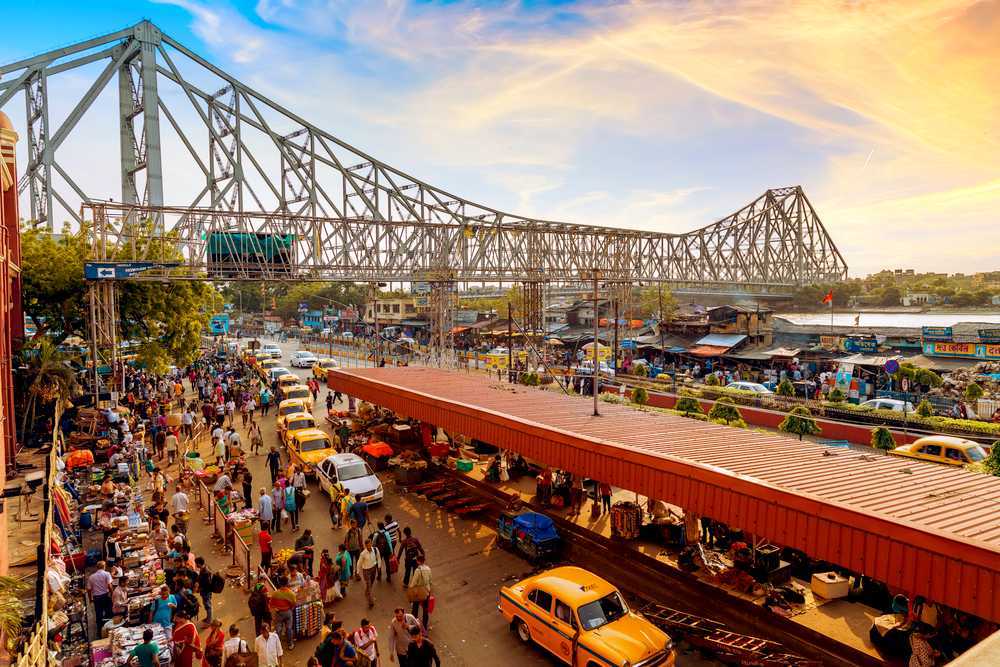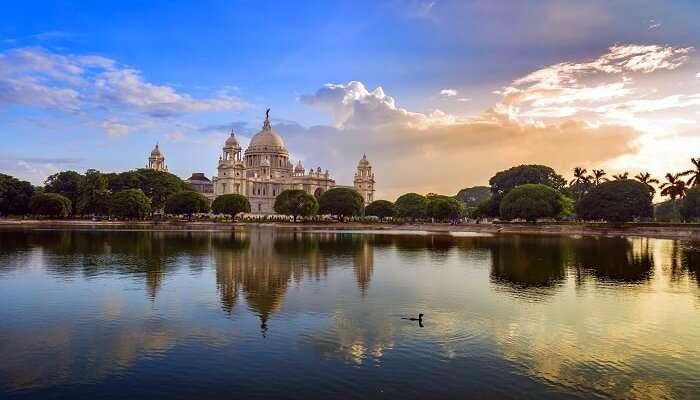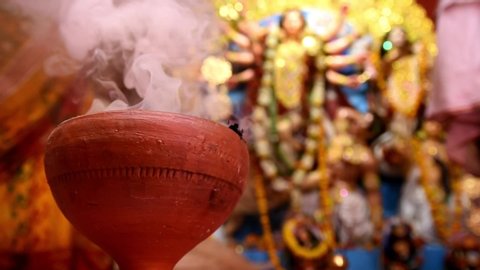July 2022:
A typical rainy day in Kolkata. Since dawn, it had been raining periodically leaving behind a damp setting across the city streets. I found myself standing in front of the College Street book market, with an umbrella in one hand and a list in the other.
Out of the very many iconic places in the city, College Street has seen the least amount of modification over the years. Nothing has changed except for the introduction of UPI payment (online payment) by shopkeepers now. The streets stay littered the same way, the jolly 'Jhal-muri' uncle never left his spot in front of Presidency University, and the 'ghugni' sold at College Square tasted exactly the same as it used to, three years ago. Time seems to have frozen in this place. The streets have survived the pandemic, the deadly 'Amphan', economic meltdown and so much more. But somehow the love for books among Bengalis has kept this place alive.
My affair with College Street dates back to 2014. I was in 10th grade when my father brought me here to buy some academic books. I was fascinated by the concept of an open book market. It gave me a strange sense of freedom which I don't find at otherwise regular bookstores. It was like entering a giant library with no librarian, a library where silence is not the norm. During my undergraduate/graduate studies, I have visited College Street innumerable times. Sometimes to buy books, other times to meet my then girlfriend.
Legend has it that there isn't a book in this world that is not available at College Street. Who knew that day I would be putting this old adage to the strictest of tests?
Among the seven or eight books listed, I was particularly looking forward to two books. La Nuit Bengali by Mircea Eliad and It does not die by Maitreyee Devi. I wouldn't call myself a romance reader but these two books were unique in some respects. To begin with, they are true accounts set in the colonial Calcutta (now called Kolkata) of the 1930s. Secondly, the part which attracted me the most was the backdrop behind these two novels. In La Nuit Bengali, Alan (represents Mircea Eliad), a 23-year-old Romanian engineer describes his romantic adventures involving a sixteen-year-old Maitreyee Devi. However, their love ends in tragedy. Forty years later, Maitreyee Devi finds out that a book has been addressed to her by Mircea Eliad. She then writes It does not die, where she accounts for her side of the entire affair and how she had perceived all that had transpired. In sorts, It does not die is a reply to La Nuit Bengali.
Starting off from the right-hand side of the book market, I asked every shop if they had them. Except for one seller, no one had ever heard of those two books. I was shocked, I must say. I searched the entire right flank of books but with no success. Not even a silver lining. It was a tough pill to swallow considering I was standing at the legendary College street. Now I went to more branded stores like Deys, National Book Store, Kotha-o-Kahini, and others. None had them. I checked my phone, it was 13.30 pm. I had plans of catching the 14:10 Tarakeshwar local train from Howrah station but that seemed impossible now. On top of that, the sky became overcast. Nevertheless, I was already drenched in sweat so it would have made no difference.
As I was making my way out of the busy market along the left flank, a very old bookshop on the right caught my eye. For a moment I stood there and murmured to myself-"let's give it one more try". I handed the owner, a list that had the names of the two books. Suddenly his eyes started scanning the cobweb-filled dusty bookshelf near the ceiling. Then he signaled the helper boy to pick out two books from the left. A minute later, I could see, resting in front of me, La Nuit Bengali and It does not die. "Ask, and it shall be given to you; seek, and ye shall find; knock, and it shall be opened unto you". College Street had passed its test, like always! Likewise, the bookshop owner was stunned to see someone come to buy these very rare books. He said they have been sitting on the shelf for over 6 years. I thanked him and then made my way toward College Square.
The rain was now reduced to a light drizzle. I took this opportunity to sit on the benches and glance through the books. I could never fight this childish urge to read a few pages of a book, the moment it was bought.
Reading about Maitreyee's and Alan's tragic love story brought back pain-ridden memories from my past. Suddenly every object in the surrounding made me reminiscent of that recent past. The stone pavement, benches, the lazy post-afternoon setting, and constant passage of the youthful crowd. La Nuit Bengali ends on an exceedingly sad note as Alan expresses his unfulfilled wish to see Maitreyee one last time before leaving India. Alas! it is not possible. For many reasons, I highly relate to it.
Before leaving College Street, I stood facing the Presidency University Main gate, soaking in all the evening chaos in front of me. Incessant clamour, people running hither and thither, yellow taxis and mini-buses managing their way out, and lovers trying their best to hold hands despite the commotion threatening to separate them. For a moment I thought I had come to meet someone, she would come out of that gate, and then we would return home together. The setting was perfect. Suddenly, a hand-pulled rickshaw wala yelled " রাস্তার মাজখানে দারিয়ে স্বপ্ন দেখছেন নাকি ??". I apologized and left.
The title of this blog is ripped off from Maitreyee Devi's book. "Unborn, eternal, everlasting, primeval, it does not die when the body dies". 'It' does not die when the body dies.
Biswaraj Palit.



















